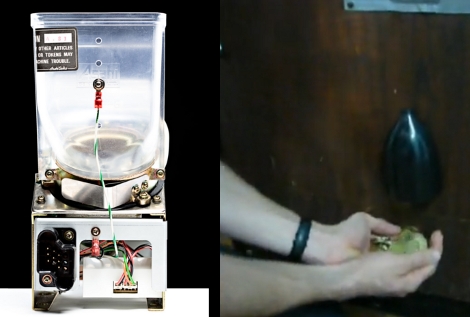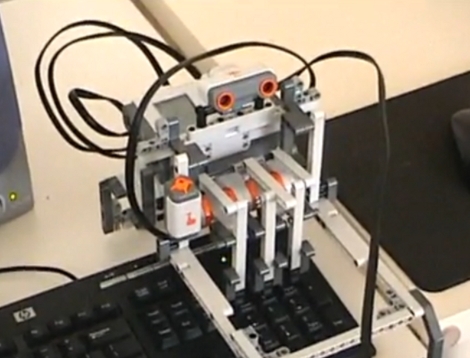
The days of plugging coins into a stand up arcade game are sadly dwindling. [Dirk] figured out a way to prolong the nostalgia by incorporating currency back into the experience in a useful way. He rebuilt the video game Raiden to pay out a prize when you win the game. Now it takes a coin for each play but if you make it to the end you can recoup the expense.
[Dirk] took an original cabinet game, did some dangerous work to replace the old CRT monitor, and retrofit a MAME machine to handle the gaming. He’s using Windows and had some problems because of it but, as you can see after the break, things worked out in the end. The hopper hardware that spits out coins went through several steps from the initial design to the finished product, but it has always been based around a PIC controller connected to the MAME box via parallel port. This is a fun addition to any MAME cabinet.














